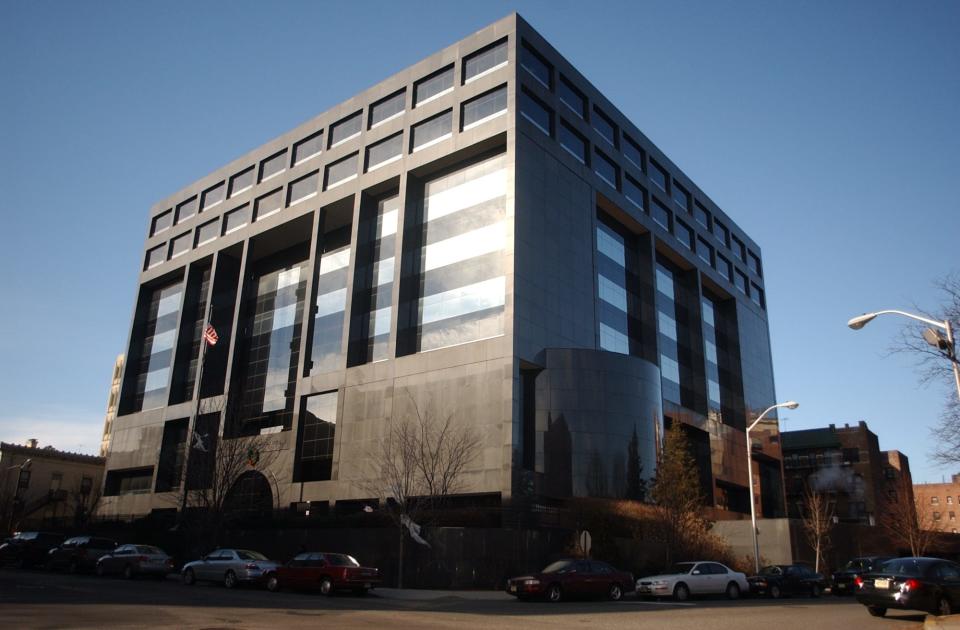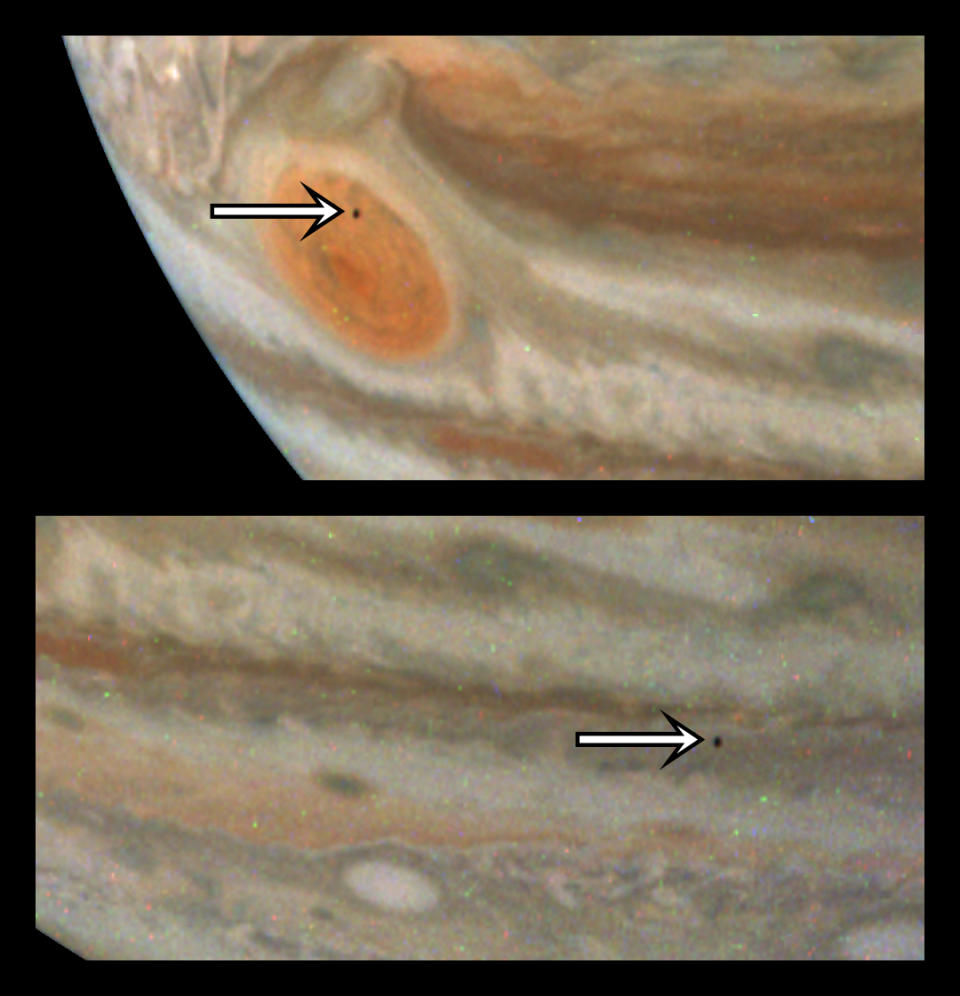May 27—Home and business construction are on hold in Lebanon until the city finds a new water source.
There is plenty of water for Lebanon Utilities customers and those who have already paid to reserve water capacity. There is just no more water to promise to others who want to build here.
The city can get only a finite amount of water from its wells along Sugar Creek on the former Old Indiana theme park property near Thorntown. And all the water has been used or spoken for through a reservation process called “allocating.”
“We’re not running out of water,” Lebanon Planning Director Ben Bontrager said Thursday. “We have essentially allocated all the water we have to projects that are already in process.”
Water capacity is counted in EDUs, or equivalent dwelling units. One EDU represents a 500-gallon allotment, the estimated need for one household per day. Most homes use closer to 200 gallons, leaving about 300 gallons to spare, Lebanon Mayor Matthew Gentry said.
The city still had enough EDUs left for 10 residences earlier this year, but they dried up in May. Water capacity is allotted on a first-come, first-served basis.
One temporary fix may be to redefine an EDU as 300 gallons, but Lebanon must also get more water from somewhere, Gentry said.
City leaders are negotiating with Indiana American and Citizens Energy Group to pipe more water here. Once an agreement is reached, the buildout would take 24-40 months or more. There is no estimate on how much water they may supply, Bontrager said.
Bontrager expects the city to reach an agreement with a utility company soon. After that, building could resume as early as late fall or spring, in anticipation of water being available before the projects are complete.
Long time coming
City, county and state leaders anticipated a water shortage nearly 20 years ago after the drought of 2004 scared them. The state commissioned a water study in 2006 and one proposed solution was to run a pipeline from an aquifer near Lafayette through Lebanon and into Indianapolis, Gentry said.
The first problem with that plan is that the pipeline would be too costly for a city or the state. But a second problem arose when the Indiana Economic Development Corporation last year proposed to build the pipeline to feed high-tech industries that may build in the LEAP Lebanon Research and Innovation District.
The IEDC plans to build LEAP on as many as 10,000 acres on the city’s northwest side and is courting computer semiconductor, also known as chip, manufacturers. Chip manufacturers use millions of gallons of water per day.
Municipalities, environmentalists, and everyday citizens vigorously object to the removal of millions of gallons per day from the aquifer. And the state is awaiting a second water study before deciding the pipeline’s fate.
Eli Lilly and Co. is LEAP’s flagship, and only, tenant this far. Its $9 billion pharmaceutical complex is under construction now, and the company does not yet need the 1,700 EDUs it has paid to allocate.
The Hickory Junction phase II project bought 95 EDUs, the bulk of water Lebanon had left to allocate, in spring. The developer plans to build hotels, restaurants and shops to serve visitors drawn to Lebanon for sporting events in The Farmers Bank Fieldhouse at Hickory Junction, which was completed this spring on Ind. 39 south of Interstate 65.
Hickory Junction and LEAP Lebanon hastened the end of Lebanon’s capacity but didn’t cause the shortage, Bontrager and Gentry said.
Most of the Indianapolis metropolitan area is short on water, but Lebanon is just feeling it first, Gentry said, adding that Marion County is close to capacity of what it can draw from the White River.
The solution
“Indiana has water all over the place,” Gentry said. “The solution is easy. The implementation is the hard part. Getting water here is an engineering problem that’s solvable.”
And economic development will help pay for the infrastructure. But politics and public opinion are more difficult obstacles, he said.
In the meantime, several housing developments, including three that represent more than 700 housing units are on hold, Bontrager said. They include single-family homes, townhouses, and apartments at Ind. 39 and County Road 300 North.
The supermarket chain Meijer recently bought property northwest of the intersection but has not submitted building related applications to the city, Bontrager said.
A Meijer spokesperson confirmed the purchase to a WTHR Indianapolis reporter but said the chain has no timeline for building.
Signup bonus from




